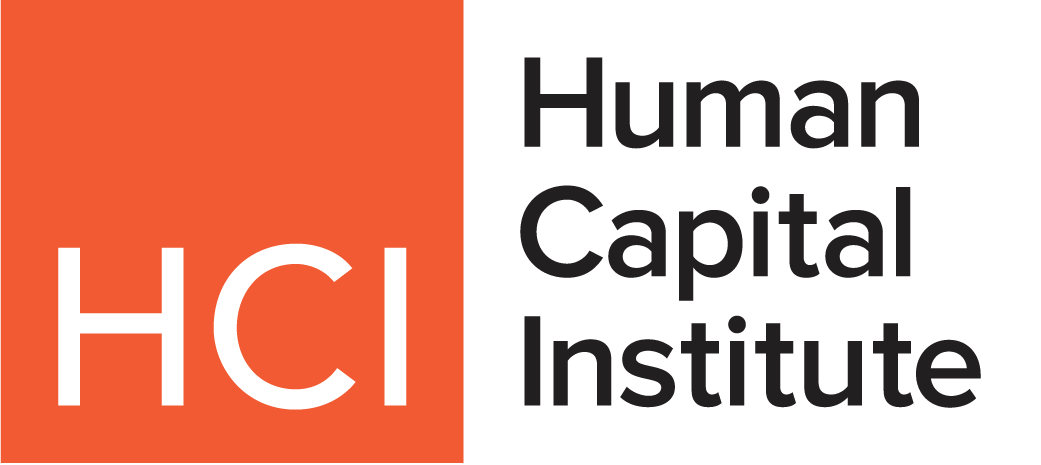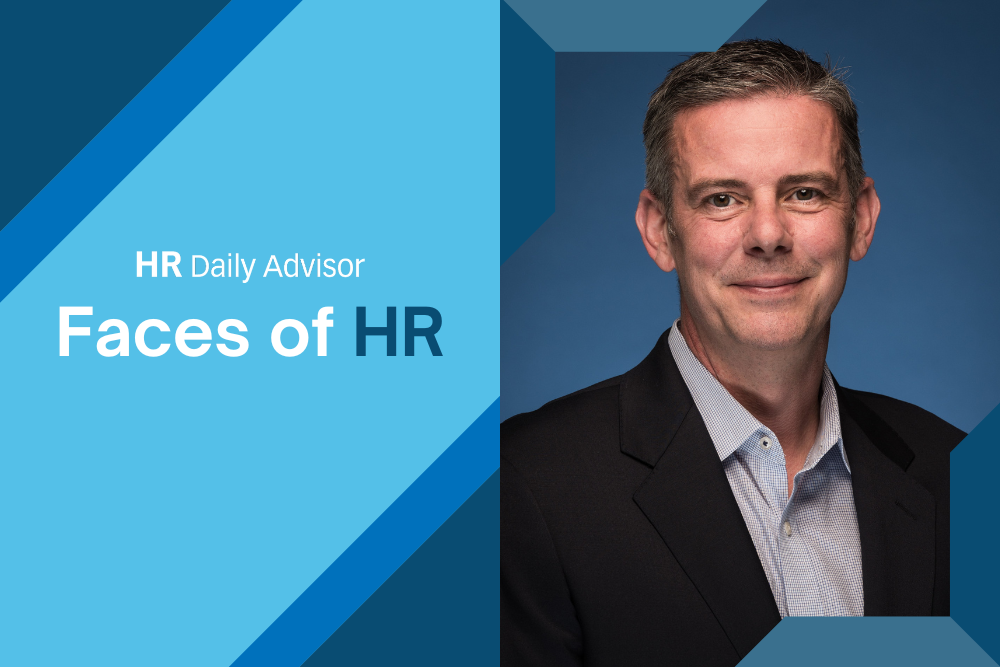As Chief People Officer and Head of Corporate Affairs at BVI Medical, Andrew Dawson brings a unique and powerful perspective to human resources. His career is a masterclass in building HR functions from the ground up and evolving with the needs of the business.
Here’s a closer look at the experiences that forged his path to the C-suite.
From the Front Lines to a New Frontier
After his military service, Dawson began his professional life as a recruiter for a headhunting agency. That hands-on experience in talent acquisition quickly led to a pivotal in-house opportunity: an American company needed HR support in the Netherlands. When his manager asked if he’d be interested in the challenge, Andrew took the leap.
In this new role, Dawson assumed dual responsibilities, serving as both Head of Talent Acquisition and overseeing all HR for the country. This experience taught him how to build and manage a people-focused strategy from the ground up, all while navigating a new international environment.
The Strategic Evolution
Following his time in the Netherlands, Dawson returned to the UK and transitioned into the healthcare sector with Eli Lilly. Much like his previous position, he was brought in to help establish a new sales organization ahead of major product launches.
This role was a launching pad for the next phase of his career. Over time, his responsibilities grew, and the role evolved into HR Vice President for the UK, eventually expanding into a broader HR leadership position across Europe. This progression highlights his ability to not only build a function but also to scale it and adapt to the strategic needs of a growing, global business.
Dawson’s story shows that an unconventional path, driven by a willingness to build and evolve, can be the most direct route to HR leadership.
In our latest Faces, meet Andrew Dawson.
Who has been your biggest influence in the industry?
There have been three individuals who’ve had a lasting impact on my career.
The first is Sarah Chantan, who was Head of HR for the UK when I started at Eli Lilly. Coming from the research side of the business, Sarah brought a unique perspective to HR. Her career took several different paths, and she consistently championed both the people and the HR function. She was also a strong supporter of me as I explored new opportunities within the organization.
The second is Mark Rouse, my manager when I first moved to the U.S. He had a different kind of HR background and helped me see what it truly means to partner with the business in a strategic, value-adding way.
Finally, Ginger Gregory stands out as someone who deeply shaped my understanding of what it means to be a true business partner. At a time when the term “HR business partner” was becoming more widely used, Ginger was someone who truly embodied that role. I had the privilege of working with her twice—first at Novartis and later at Shire—and I continue to respect and admire her leadership.
What’s your favorite part about working in the industry?
I’ve enjoyed witnessing the evolution of HR. The function has transformed significantly—not only in how the work is done, but also in the strategic role HR now plays in shaping people, teams, and ultimately, the direction of the business.
What sets HR apart is its unique vantage point across the organization. We can see how different elements connect and influence one another, often in ways that aren’t immediately visible to others. HR professionals understand the nuances of how a single decision or action can have varying impacts—across countries, teams, or individuals—and we navigate those complexities to support both people and performance.
How can HR most effectively demonstrate its value to the leadership team?
First, data allows us to demonstrate the real impact of our work—both positive and negative. It doesn’t have to be overly complex, but it should be grounded in common sense. Do you know your turnover rate? Do you understand why people are leaving? And if you do, what actions can leaders, teams, or the organization take to address or correct those issues? Metrics like time-to-hire, first-year attrition, and candidate conversion rates all tell a story. They help us assess whether our HR efforts are truly making a difference. It’s not enough to launch initiatives—we must be able to show how those efforts contribute to the success of the business.
Second, HR must work to deliver tangible business value. When our efforts improve efficiency, simplify processes, or make it easier for employees to perform their roles, we’re not just supporting leadership—we’re driving the business forward.
Where do you see the industry heading in five years? Or are you seeing any current trends?
The evolving role of AI will be the biggest trend over the next few years. It’s definitely not a fad, nor is it something that will radically transform overnight—but it’s here to stay. The real question is: how do we adapt to this new reality? Over the next 5 to 15 years, HR leaders will be critical in preparing organizations for the future. That begins with developing AI literacy—understanding the tools before implementing them, and ensuring the business is ready for what’s ahead.
AI isn’t just ChatGPT, and it’s not here to take over HR jobs. However, it will change how we work and how we automate repeatable tasks, not just in HR, but across finance, legal, and operations, just to mention some areas. We need to prepare for this next phase and use AI to our advantage. By offloading routine tasks to AI, HR can focus more on strategic, high-value activities—like building culture, coaching leaders, and enhancing the employee experience. While AI can support areas like career development or process optimization, it can’t replicate the human element of leadership, team dynamics, or meaningful engagement.
Do you have any advice for people entering the profession?
I’ve been fortunate to build relationships with many colleagues and peers who’ve grown alongside me in the world of work and HR, each bringing their own unique approach. What’s stayed with me over the years is the importance of taking a genuine interest in people. No one does this work exactly the same way, and that’s the beauty of it. When you truly care about others, teams function more smoothly, collaboration comes naturally, and the work itself becomes more meaningful. At its core, that’s what HR is all about.





